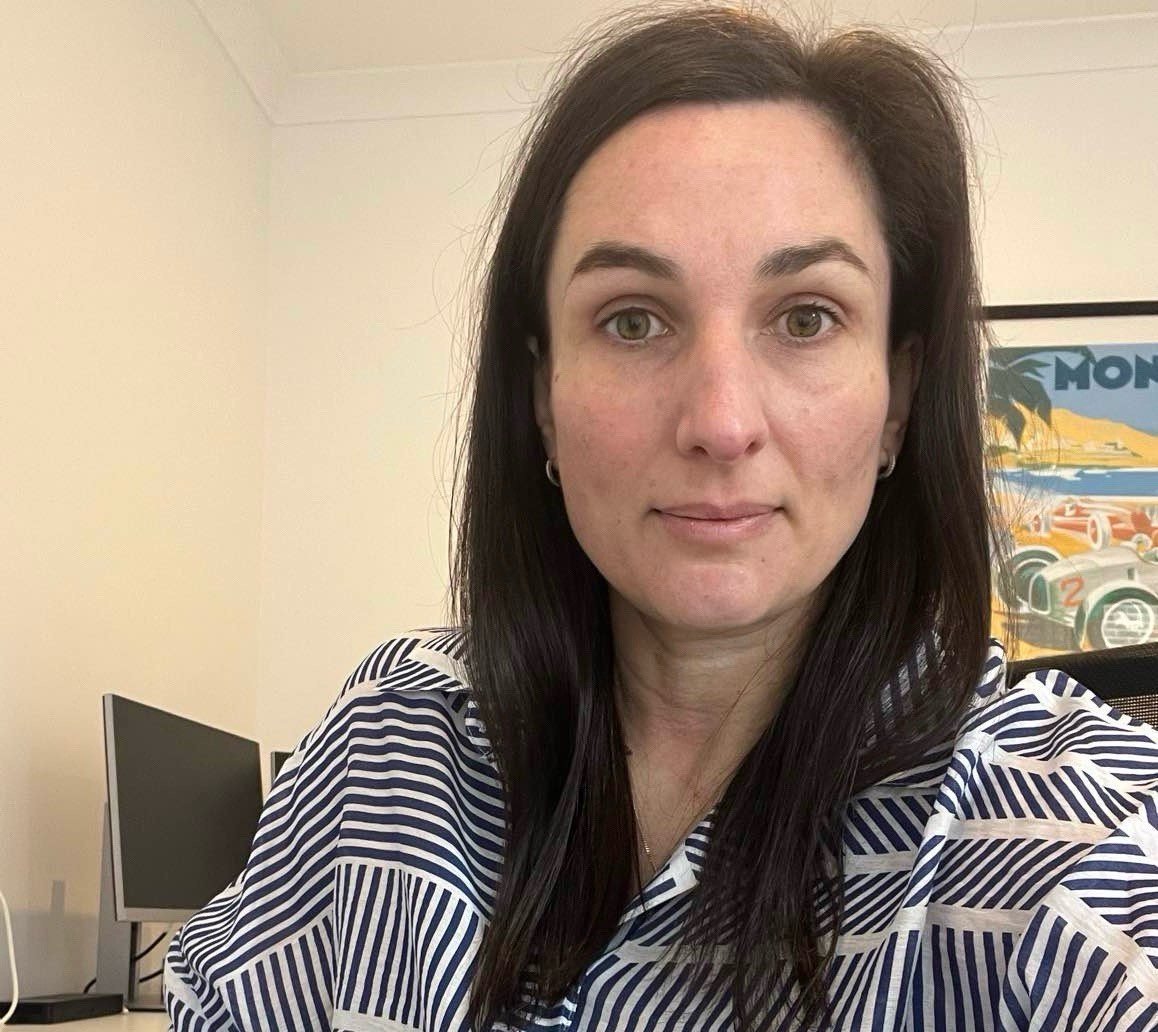
It was Christmas Eve, 2021, when podcaster and private investigator, Julia Robson received an email from Tass Stouraitis, asking her to investigate his sister's death, 13 years earlier.
Louisa Ioannidis was just 24 years old when she was found dead in a shallow creek, just 450 metres from her home. Her death was deemed an accidental drowning, though how or why she was in the creek was never determined. Aside from a two-line report in a local newspaper, the young woman's death was ignored by national media.
But Louisa's brother, Tass, has always doubted the findings, and now hopes that just like similar podcasts before it — such as The Teacher's Pet and The Lady Vanishes, Julia's investigation Troubled Waters, will find the answers he's been desperately searching for.
Watch: Ghost Story podcast trailer. Article continues below.
"Louisa's story is both compelling and tragic," says Julia. "I felt that a deeper investigation could not only help to provide closure for her family but also potentially uncover new insights that might lead to a different narrative of what truly happened to her."
The resulting podcast, Troubled Waters, has revealed there was so much more to Louisa's life — and death — than previously known.


Top Comments